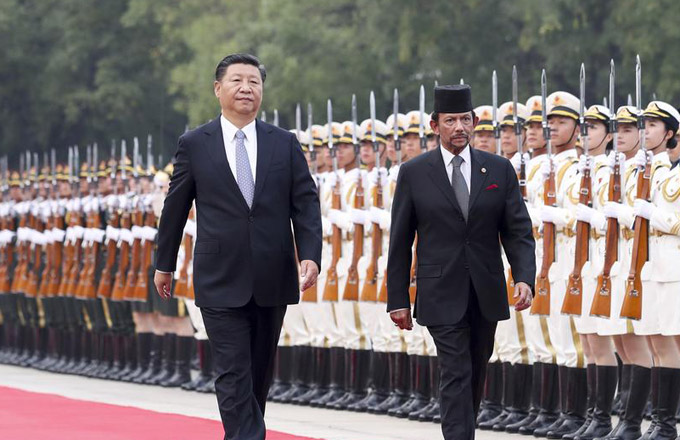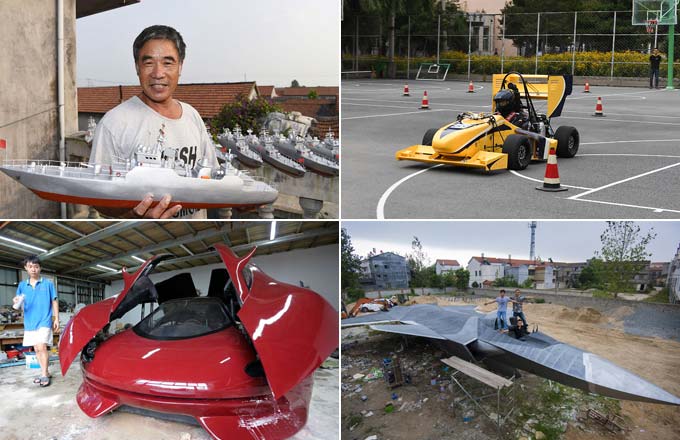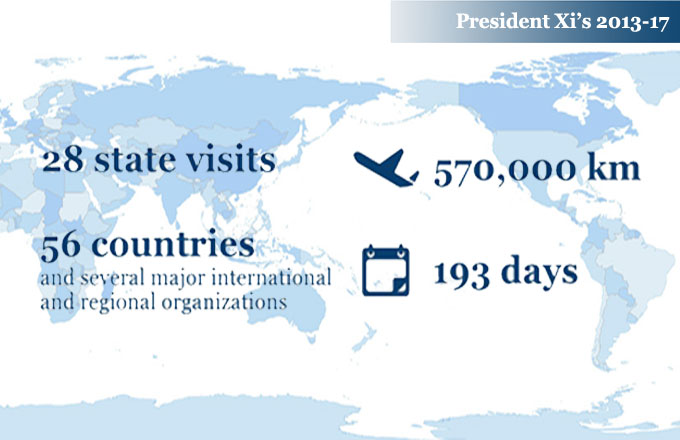Spacecraft passes docking test
China's cargo spacecraft Tianzhou 1 completed an automated fast-docking operation with the Tiangong II space laboratory late on Tuesday night, according to the China Manned Space Agency.
Tianzhou 1 began its approach to the space lab at 5:24 pm and spent six and a half hours for the docking, which was completed at 11:58 pm, the agency said in a news release.
It was the third docking sequence between the two spacecraft and the first that was done with the fast-docking technology. The previous two dockings took about two days each.
The mission was intended to verify the cargo spacecraft's fast-docking capability, which is important to the construction and operation of China's space station, the agency said, adding that Tianzhou 1 will conduct a third refueling with Tiangong II before falling back to Earth.
Yang Yuguang, a member of the International Astronautical Federation's Space Transportation Committee, said it is important for a cargo spacecraft to be able to dock quickly with a space station.
"In the future, a cargo ship will transport some time-sensitive payloads to the station, such as biological samples for scientific experiments," he said. "In addition, the fast-docking technology enables a spacecraft to reduce fuel consumption during a docking maneuver, thus prolonging its life span."
Tianzhou 1, China's first cargo spacecraft and the country's biggest spacecraft that has ever been built, was launched at the Wenchang Space Launch Center in Hainan province on April 20. It is 10.6 meters long and has a diameter of 3.35 meters. Its maximum liftoff weight is 13.5 metric tons, enabling it to carry up to 6.5 tons of supplies, according to the China Academy of Space Technology, the spacecraft's developer.
Tiangong II has been in space since mid-September last year and housed two Chinese astronauts from mid-October to mid-November. It is now unmanned.
The two spacecraft completed their first and second docking on April 22 and June 19.
With the mission of Tianzhou 1 to the Tiangong II space laboratory, China has become the third country in the world to have in-orbit refueling technology, following Russia and the United States.
In coming years, the Tianzhou series will be tasked with transporting supplies of fuel and other necessities to China's manned space station, whose construction will start next year. It is expected to enter service by about 2022, the space agency said.





















